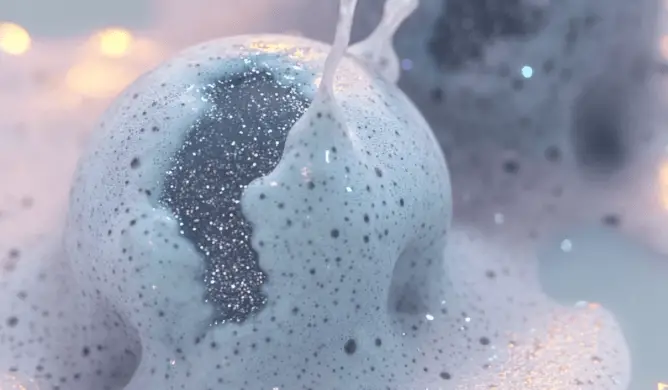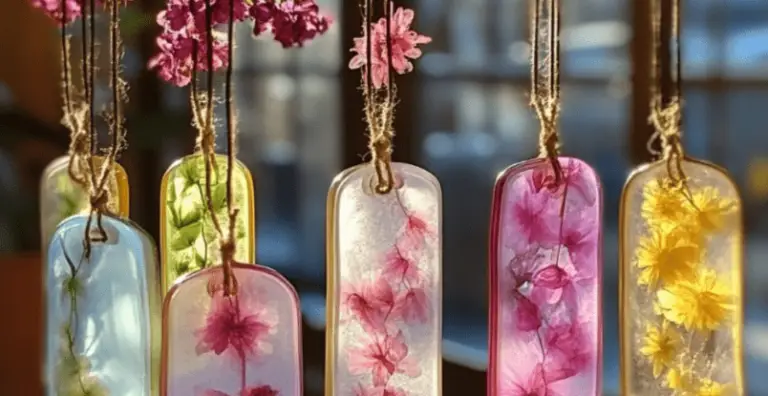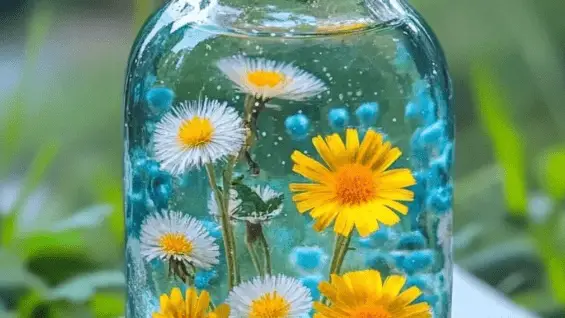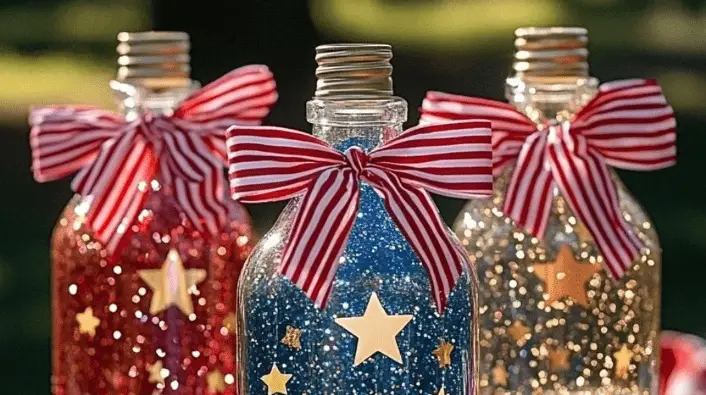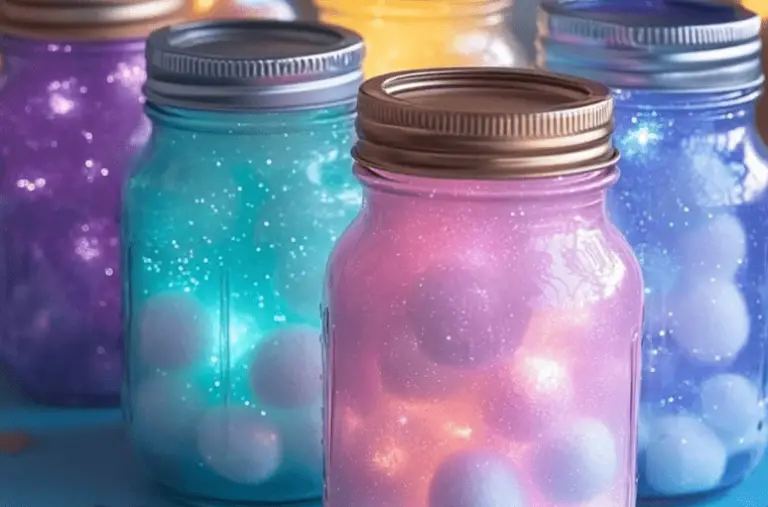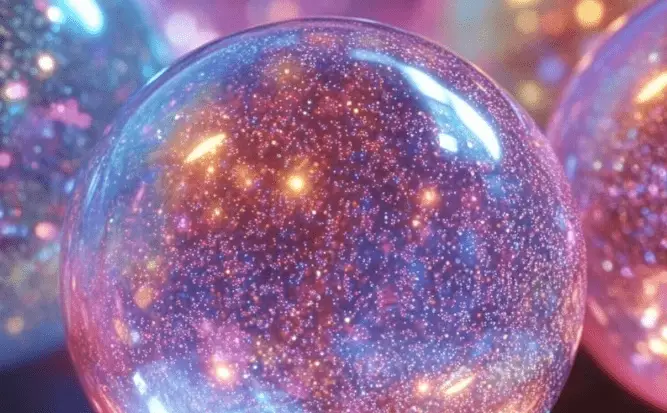Fizzing Moon Rocks: A Cosmic DIY Science Craft That Sparkles and Fizzes
If you’re searching for a craft that blends science, creativity, and a little bit of celestial magic, look no further than Fizzing Moon Rocks. This activity is a fantastic way to introduce kids to chemical reactions using simple ingredients, all while creating a colorful and engaging sensory experience. Inspired by the mystery of outer space, this DIY project combines the sparkle of glitter, the intrigue of color mixing, and the excitement of fizzing explosions. Whether you’re planning a themed party, an educational afternoon, or just looking to spark curiosity at home, fizzing moon rocks are guaranteed to delight.
Table of Contents
Ingredients
To create your own set of cosmic fizzing moon rocks, you’ll need the following materials:
- Baking soda
- White vinegar
- Water
- Black, blue, and purple food coloring
- Glitter
These everyday ingredients come together to form a safe and interactive experiment that’s perfect for young learners and science lovers alike.
Instructions
Step 1: Prepare the Baking Soda Base
Begin by adding a few cups of baking soda into a large mixing bowl. This will form the dry base of your moon rock mixture and is essential for the chemical reaction later.
Step 2: Mix the Cosmic Colors
In a separate container, combine water with black, blue, and purple food coloring to create a deep, space-like hue. Adjust the amount of each color to get the perfect cosmic blend.
Step 3: Combine the Mixtures
Slowly pour the colored water into the baking soda, mixing continuously as you go. Be careful not to oversaturate the mixture. The goal is to form a crumbly but moldable consistency, much like damp sand.
Step 4: Add Some Sparkle
For an interstellar shimmer, sprinkle in glitter and mix it evenly throughout. This adds a magical touch and enhances the visual appeal of your moon rocks.
Step 5: Shape the Moon Rocks
Once the texture is just right, shape the mixture into small balls or natural-looking rocks using your hands. Place them on a tray lined with parchment paper or foil.
Step 6: Freeze the Rocks
Transfer the tray to your freezer and let the moon rocks set for at least 30 minutes. Freezing them helps them hold their shape during the fizzing process.
Step 7: Prepare for the Reaction
When you’re ready for the fun part, place the frozen moon rocks in a deep baking dish. Fill a bowl or squirt bottle with white vinegar and have pipettes or droppers ready.
Step 8: Activate the Fizz
Use the pipette to slowly squirt vinegar over the moon rocks. Watch as the acid in the vinegar reacts with the baking soda to create a fizzy, bubbling explosion. The rocks will fizz and foam, releasing bursts of color and glitter like mini space eruptions.
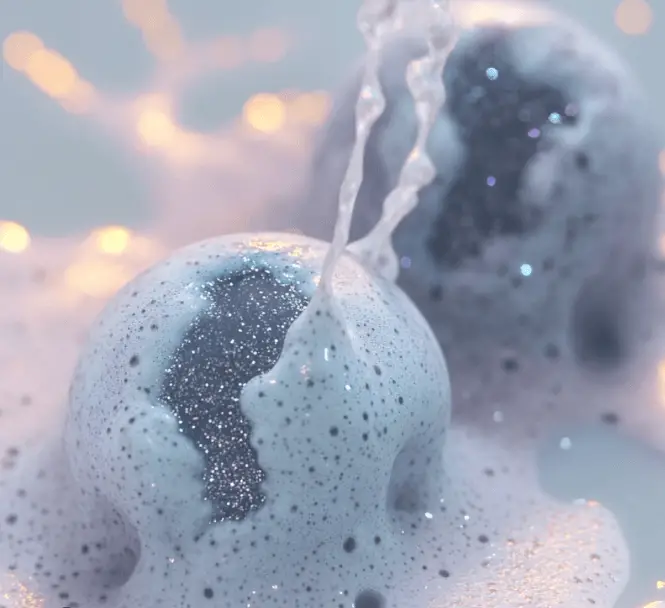
Benefits of This Craft
Fizzing moon rocks are much more than just fun—they’re an opportunity for hands-on learning. This project introduces children to basic science concepts like chemical reactions (acid + base), states of matter (solid, liquid, gas), and observation. It also encourages sensory exploration through touch, sight, and sound. As children mix, shape, and watch their creations come to life, they practice fine motor skills and learn patience. The open-ended nature of the craft allows for experimentation with colors, shapes, and reaction times, encouraging critical thinking and creativity.
Tips
Use a tray with high sides to contain the mess from the fizzing action. For more vibrant moon rocks, use gel food coloring instead of liquid. If your mixture feels too wet, add a bit more baking soda to thicken it up. To extend the activity, prepare extra batches in different colors and textures. Always supervise young children and avoid contact between food coloring and clothing or surfaces to prevent staining. If you don’t have a pipette, a spoon or squeeze bottle works just as well.
What Taste Look Like
While not edible, fizzing moon rocks look almost good enough to eat. Their deep cosmic colors paired with glittery highlights give them the appearance of magical space candy or meteorites. As they fizz, the colors swirl and blend in mesmerizing patterns, creating a stunning visual show that mimics distant galaxies or nebulae. The foamy texture is both satisfying and surprising, making this a true sensory-rich experience.
How to Store
Fizzing moon rocks are best used shortly after freezing. If you want to prepare them in advance, store the shaped rocks in an airtight container in the freezer for up to a week. Once thawed or reacted with vinegar, they cannot be reused and should be disposed of. Keep any unused baking soda or food coloring sealed in their original containers for your next experiment.
Fizzing moon rocks offer the perfect blend of fun and education. With just a few household ingredients, you can craft a hands-on activity that lights up your child’s imagination and introduces key scientific concepts in an exciting, accessible way. The sparkling visuals, fizzy reactions, and hands-on creation process make it a memorable craft that kids will want to do again and again. Whether you’re exploring outer space from your kitchen table or just looking for a creative way to spend an afternoon, this DIY science experiment is a stellar choice.
For More DIY craft ideas, visit More DIY craft ideas
FAQ
What makes the moon rocks fizz?
The fizzing happens because of a chemical reaction between baking soda (a base) and vinegar (an acid). This reaction produces carbon dioxide gas, which causes the bubbling effect.
Can I use other colors?
Yes, you can use any combination of food coloring you like. Reds, greens, and yellows will create fun variations of moon rocks.
Is this craft safe for all ages?
This activity is safe for most age groups with supervision. Be sure to keep ingredients out of the eyes and avoid tasting any part of the experiment.
Can I use lemon juice instead of vinegar?
Yes, lemon juice also reacts with baking soda and can be used as a substitute, though the fizz may not be as strong.
How can I make this a learning opportunity?
Discuss the science behind the reaction, experiment with different ingredient amounts, or have kids make predictions before adding vinegar. You can also incorporate writing by having them describe what they observe.

